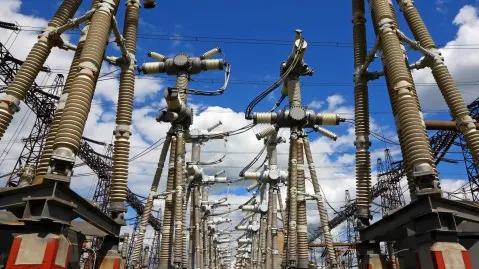
Middle East electricity demand up 2.6% YoY in 2022
Gas is the dominant electricity production source.
The electricity demand in the Middle East increased by 2.6% in 2022 driven by the increasing population, demand for cooling water and desalination, and the growth of energy-intensive industries.
In a report, the International Energy Agency said energy consumption in the region will grow 2% annually from 2023 to 2025.
“In the near term, power demand will receive additional support from surging GDP growth and higher public spending in the region’s leading oil and gas exporters amid the current high energy price environment,” the report read.
READ MORE: Could current and planned renewables capacity offset coal
Gas is still the dominant fuel for electricity production in the region, accounting for 72% of the total generation in 2022 and is expected to increase to 77% by 2025 as it caters to the market share from oil and coal-fired generation.
Meanwhile, renewable generation is seen to increase by 50% from 2022 and comprise over 5% of the total generation by 2025. The nuclear generation will also double between 2022 to 2025 and reach 50 terawatt-hours or 3.5% of the total generation by the end of the forecast period.



















 Advertise
Advertise






